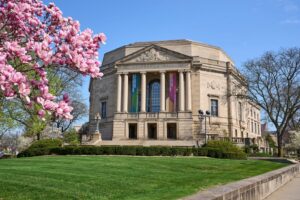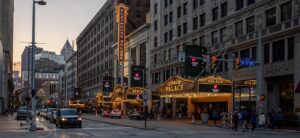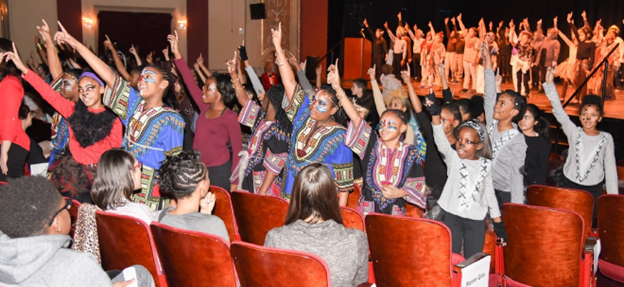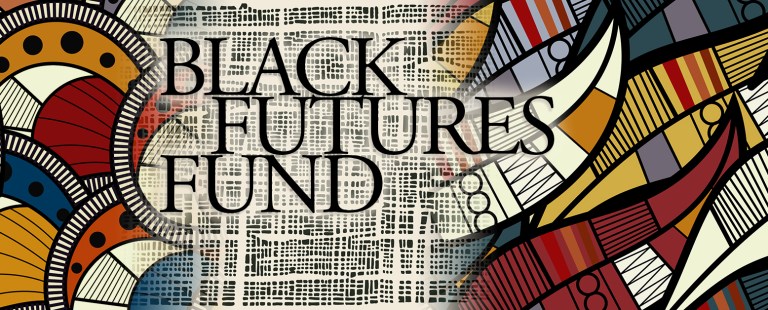By Lisa O’Brien
Editor’s note: The Cleveland Observer presents an exploration of how Cleveland’s core four arts institutions—the Cleveland Museum of Art, the Cleveland Orchestra, Playhouse Square, and the Rock Hall of Fame —impact and engage with our community. In this on-going series, Lisa O’Brien takes a closer look at how these organizations give back to the community.
The city of Cleveland has invested greatly in arts and cultural institutions, but how do these institutions tangibly invest back into their communities?
In June 2024, Ohio Governor Mike DeWine signed House Bill 2, the 2025-2026 Capital Budget. The state invested over $100 million in Ohio arts and cultural projects, including significant investments in Cleveland’s top cultural institutions.
Cleveland is an artistic and cultural epicenter in Ohio and the nation. Cleveland was ranked 12th in the country in the Arts Vibrancy Index for 2023, which, according to the report, “provides insight into which counties across the United States have the highest scores on three key measures: Arts Providers, Arts Dollars, and Government Support.”
In Cleveland, four major institutions comprise a large portion of the economic and touristic impact: The Cleveland Orchestra at Severance Hall, Playhouse Square, The Cleveland Museum of Art, and the Rock and Roll Hall of Fame. Public tax dollars fund these core institutions through entities like the Cuyahoga Arts Council, statewide grants, and city funding, so these institutions have a responsibility to give back to the community as well.
The Cleveland Orchestra
The Cleveland Orchestra is considered one of the “Big Five” American orchestras and is ranked highly in the nation and the world. Between their two main venues, Blossom Amphitheater and Severance Hall, the Cleveland Orchestra is responsible for adding more than $135 million to the Northeast Ohio economy annually, according to their most recent 2019 economic impact study. As part of House Bill 2, Severance Hall received $1 billion in funding.
The venues and orchestra are a large employment source and bring thousands of visitors to the Cleveland area every year. In their economic impact study, the Cleveland Orchestra revealed that 45% of their audience came from outside of the Cleveland area. But what is the orchestra doing to give back to its own community?
Like some other institutions on this list, the Cleveland Orchestra has a multifaceted education program including a free digital education series, youth ensembles for Northeast Ohio students, a free mindfulness activity designed to be implemented in Northeast Ohio schools, and student discounts to concerts.
For non-student residents, the Cleveland Orchestra has two major celebrations, the MLK Celebration Concert and the Hispanic Heritage Concert, which include free concerts, workshops, and tours for all Cleveland Residents. The orchestra also offers a young professionals program residents can take advantage of for a $10 donation a month which gives them access to exclusive networking and social events.
Playhouse Square
Playhouse Square is the second largest theater district in the nation and draws audiences from all over the state to see the various programming in the 11 performance spaces that make up the square. According to their 2019 Economic Impact Study, Playhouse Square had an estimated $225.7 million contribution to the city’s economy.
The state of Ohio has been investing more into this theatre hub, with Playhouse Square receiving $1 million from HB 2 for the Transformational Greyhound Project. The city also recently held a new marquee ceremony and even the Cavaliers got new jerseys to honor Playhouse Square and its impact on the Cleveland community. With residents and the government pouring in their support, how does Playhouse Square give back to them?
In an email, Cindy Szymanski, communications director for Playhouse Square, shared how the organization contributes to the Cleveland community. When asked how Playhouse Square addresses barriers that may prevent residents from accessing the organization’s resources she replied,
“We offer low individual and group ticket prices and bus subsidies for student matinee performances, and free programming annually on Family Theater Day in May. We offer The Reading Company, a free monthly program with free transportation for families residing in shelters. This includes a performance and books for the children to take with them. We work with Headstart programs as well,” wrote Szymanski.
Playhouse Square works with underserved schools to start musical theater programs with their Disney Musicals in Schools initiatives. Szymanski explained that the organization also works to highlight BIPOC artists through a social justice performance series and investing “in the development of new work for young audiences by and about underrepresented communities including NORTH by Ashli St. Armant, Havana Hop by Paige Hernandez, and a series of social justice short films.” Playhouse Square also named the historic black theater Karamu House as its first affiliate company.
Upcoming community programs include the introduction of neurological programming for those experiencing Parkinson’s and their caregivers and an expansion of the Reading Company to partner with the Cleveland Public Library and feature more local artists.
What’s in it For Me?
These arts institutions are not just tourist destinations but non-profit organizations meant to serve you, the residents. So, take advantage of these free programs or community partnerships. Continue to ask questions about how these institutions, largely funded by your tax dollars, can serve you best. Most importantly, be sure to get involved and enjoy all of the wonderful art and music that Cleveland has to offer, and stay tuned for next month’s issue where that examines how The Rock and Roll Hall of Fame and the Cleveland Museum of Art give back to the city of Cleveland








